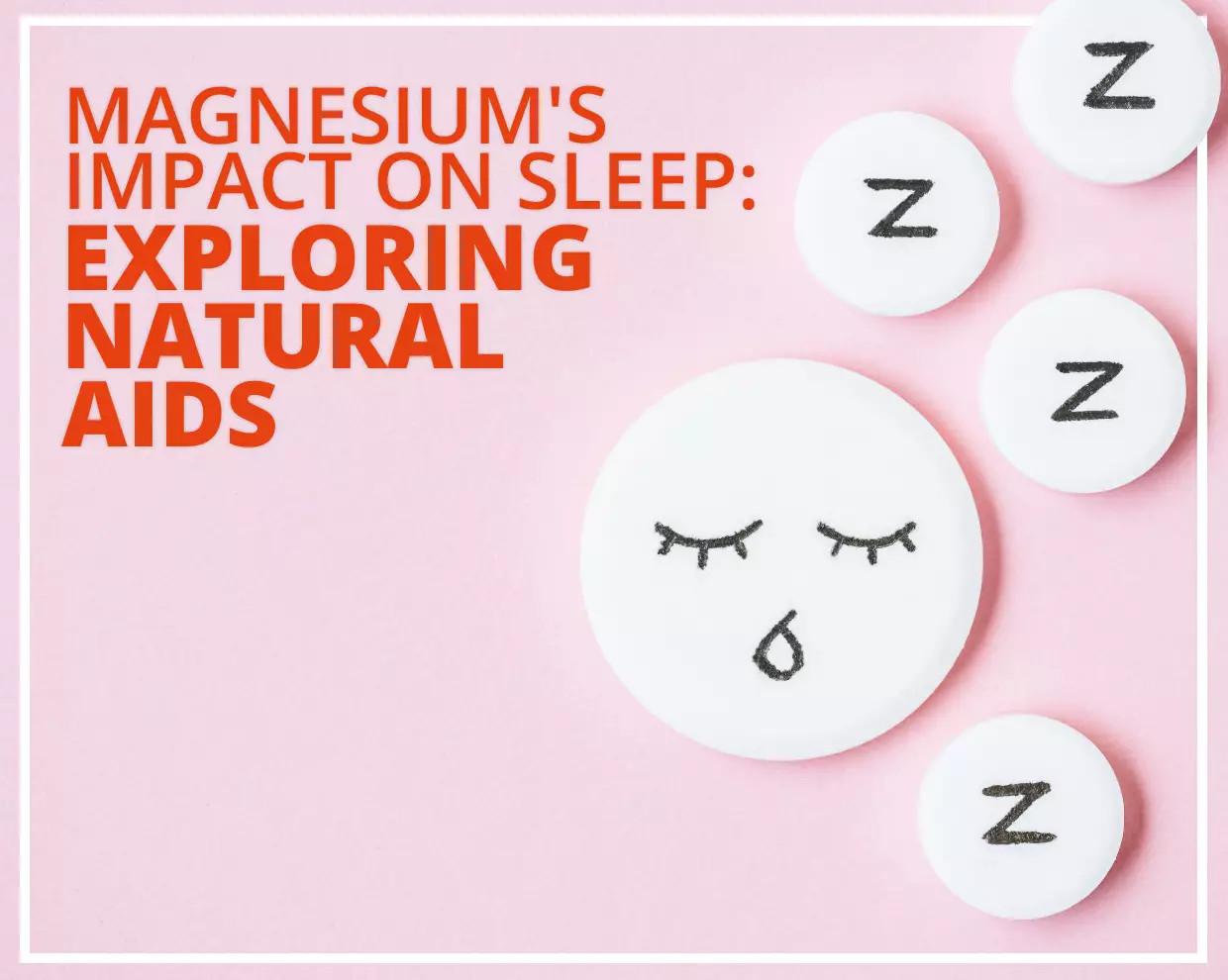Lesson Eight; The role of sunlight
"Keep your face to the sun and you will never see the shadows" - Helen Keller.
Sunlight can be extremely beneficial in safe doses, and the best part: it’s free.
Sunlight is commonly known for supplying us with vitamin D. While sunlight is essential for providing your body with vitamin D, it can also help the body with much more.
What is Vitamin D?
Soaking up a safe amount of rays is an ideal way to source some vitamin D and it’s actually where we get most of our vitamin D from. Sensibly exposing yourself to sunlight allows your skin to absorb vitamin D, which is then transported to your liver and kidneys. Vitamin D is known to be necessary to nourish your teeth, bones, and muscles.
Your parasympathetic nervous system
When we think of the nervous system, it’s usually associated with nerves, anxiety, and our ‘fight or flight’ mode. However, this is just our sympathetic nervous system (SNS), and only explains one side of it all.
Your parasympathetic nervous system (PNS) is the other side, and controls how your body ‘slows things down’. Your PNS helps to slow down your breathing and heart rate, control stress, and promotes digestion. There should be a balance between these systems, however, this isn’t always the case. Having a SNS that is dominant can cause many issues, such as digestive issues, poor sleep, anxiety, joint pains, and inflammation.
Sunlight has been shown to activate your PNS, helping to balance your PNS and SNS. A study in the European Journal of Pharmacology discovered that being in the sun produces Alpha-MSH.[1] This chemical stimulates your PNS, specifically your vagus nerve.
Your vagus nerve is part of your PNS and is in charge of the heart, lungs, and digestive tract. So effectively, sunlight can support your PNS, helping to make your SNS less dominant.
Red and infrared light therapy
Various studies have shown how red and infrared light therapy are effective for many things, such as contributing to healthy skin,[2] helping with the effect of diabetes[3] [4], and supporting mental health.[5]
A key feature of red and infrared light therapy is that it aims to enhance the energy production of the mitochondria. This feature is usually what has the healing effect, as many of the health issues it aims to help feature a decrease in mitochondria energy production.
Our modern-day lifestyles mean that many of us don’t get as much morning and evening sun as our ancestors from decades ago did.
It was discovered that the morning sun has more wavelengths within the 630-640nm region than the noon sun. This region is the same as red and infrared light therapy. The implication of this is that red and infrared light therapy may be stimulating the morning sun, in turn implying that the morning sun may also offer the benefits of red and infrared light.
Stress and mood
It’s no secret that feeling the sun on your skin can instantly improve your mood, but what if this is more than a fleeting feeling and there is a science to back it? Well, there is!
Sunlight is known to increase the levels of serotonin and melatonin in the body. Serotonin is the chemical that supports your mood and can help you relax. Melatonin is a chemical that helps with stress management.
So, by being in the sun for sensible amounts of time (which may be based on the individual), you may also be helping your mental health.

 EU Store
EU Store  UK Store
UK Store NZ Store
NZ Store AU Store
AU Store









